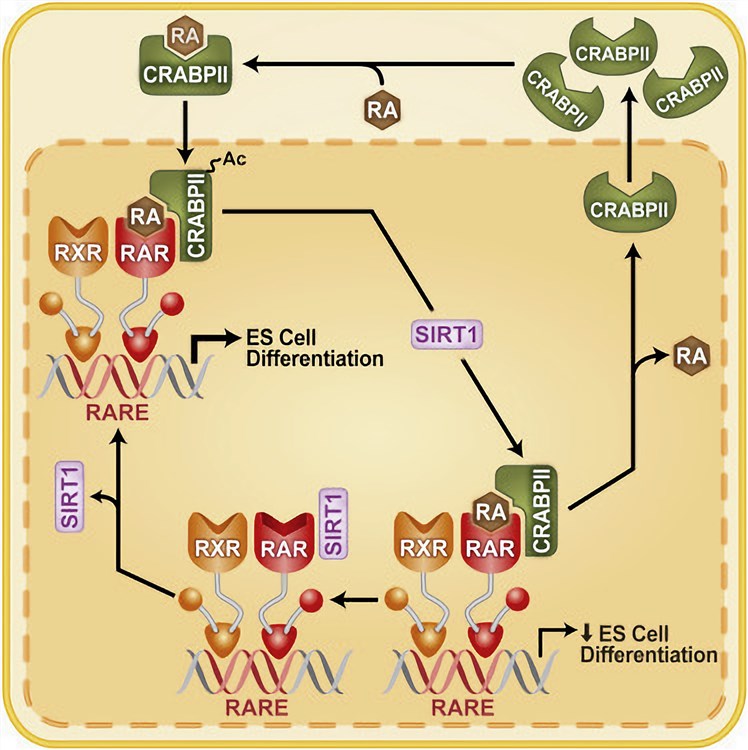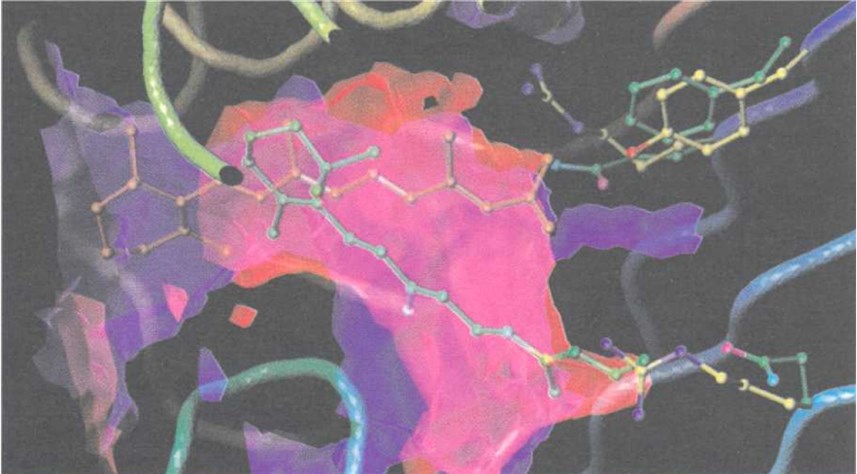Proteolysis targeting chimera (PROTAC®) is a new and promising therapeutic method in drug discovery. Serving as a supplier in the drug discovery market, Creative Biolabs is an outstanding service provider in the PROTAC® space. At present, based on the understanding of cellular retinoic acid (RA) binding proteins (CRABP-I and CRABP-II), we can design new ligands for CRABP-I/II-targeting PROTAC®.
CRABP-I / II belongs to a family of small cytosolic lipid binding proteins, which are highly conserved in the evolutionary process. They have a high affinity with RA, possibly by transmitting RA to the RA receptor (RAR). Studies have confirmed that CRABP-II is positive in more than 50% of pancreatic ductal adenocarcinoma (PDAC) cases. The down-regulation of CRABP-II is associated with poor survival of head and neck squamous cell carcinoma and breast cancer. On the other hand, CRABP-I / II overexpression has been reported in various types of malignancies including ovarian cancer and leukemia. These results suggest that CRABPs may be diagnostic molecular markers and are likely to be potential therapeutic targets.
 Fig.1 SIRT1-mediated deacetylation of CRABPII regulates cellular RA signaling. (Tang, 2014)
Fig.1 SIRT1-mediated deacetylation of CRABPII regulates cellular RA signaling. (Tang, 2014)
CRABPs bind hydrophobic ligand RA internally. Structurally, the highly conserved three-dimensional structure enables CRABPs to bind specific hydrophobic ligands in an anti-parallel β-barrel composed of two orthogonal five-chain β-sheet layers. At the same time, all retinoids have a β-ionone ring and polyunsaturated side chains containing alcohol, aldehyde and carboxylic acid groups or ester groups. In all CRABPs, the three residues (Arg106, Arg126, and Tyr128) that interact with the carboxylate of the bound fatty-acid ligand are highly conserved, and they determine the binding specificity of CRABPs to their ligand.
 Fig.2 Comparison of RA binding in CRABP II and CRBP I. (Kleywegt, 1994)
Fig.2 Comparison of RA binding in CRABP II and CRBP I. (Kleywegt, 1994)
Based on understanding the structure of CRABPs, we can design more specific ligands to induce the selective degradation of CRABPs by using a variety of strategies, which is helpful for the successful PROTAC® design. The design of these CRABPs ligands includes small molecules based on in silico methods, peptides and antibodies based on phage display methods, etc.
In addition, based on the modification and engineering of the existing ligands, Creative Biolabs also provides some new ligand discovery services, optimizes the design of CRABP-I/II-targeting PROTAC®s according to its structural characteristics, and injects new forces into the field of treatment and diagnosis of diseases.
Along with our extensive experience in PROTAC® development, Creative Biolabs is committed to designing ligands for a variety of targets for our customers all over the world. If you are interested in our service, please do not hesitate to contact us for more details.
References
Our customer service representatives are available 24 hours a day, from Monday to Sunday. Contact Us
